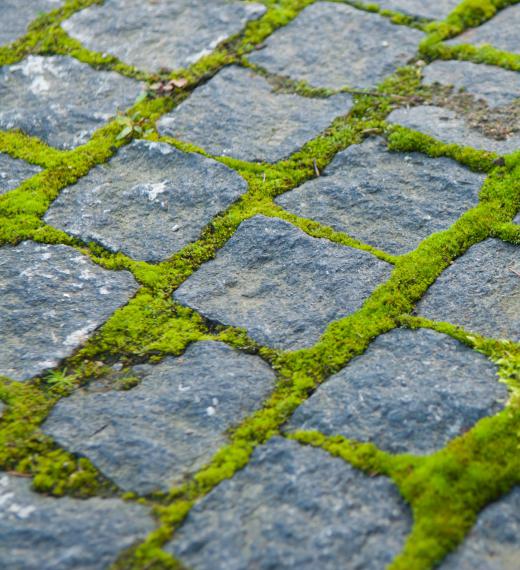What is a Bryophyte?
 Michael Anissimov
Michael Anissimov
"Bryophyte" is an informal grouping of all non-vascular land plants (embryophytes). Non-vascular means the plant lacks vascular tissue, that is, channels for distributing fluids and nutrients to its tissues. Because of a lack of vascular tissue, bryophytes are relatively short, no more than about 10 cm (4 in) tall. Bryophytes include hornworts (Anthocerotophyta), liverworts (Marchantiophyta), and mosses (Bryophyta).
Historically, all these groups were considered part of Bryophyta, until closer analysis determined that hornworts and liverworts were different enough from mosses and each other to place in their own divisions. Bryophytes evolved from the green algae, and reproduce through spores, requiring substantial moisture for their dispersal.

Bryophytes were the first land plants, with a fossil record stretching back to the early Ordovician, about 475 million years ago. The evidence comes in the form of fossilized spore sacs extracted from boreholes in Oman. As bryophytes are fragile plants, they don't fossilize well, and the early fossil record is scarce. Bryophytes were likely some of the first life forms on land, along with the lichens, which consist of a symbiosis between fungus and algae. The first extensive terrestrial biota, dating back to the early Silurian period, about 440 million years ago, are bryophyte forests found along lakes and streams. Molecular genetics evidence even suggests that bryophytes existed as land plants as long as 700 million years ago, during the Cryogenian period.

The early bryophytes co-occur with the first land arthropods in the fossil record, simple spider-like and millipede-like organisms. Land mollusks probably evolved during this period as well, although the fossil record is sparse. By the late Silurian, about 425 million years ago, the first definitive vascular plants also appear in the fossil record, the standard example being Cooksonia.

Today, mosses are popular for aesthetic purposes and in gardening, while liverworts and hornworts are not. All bryophytes require substantial moisture to survive. The pleasant association many people have with moss may derive from evolutionary psychology — a historical correlation between its presence and that of ample fresh water for drinking. In the past, because of the highly absorbent and mildly antibacterial properties of moss, it was used as a first-aid dressing for the wounds of soldiers. Wet moss was also once used in the rural UK to fight fires.
AS FEATURED ON:
AS FEATURED ON:













Discuss this Article
Post your comments